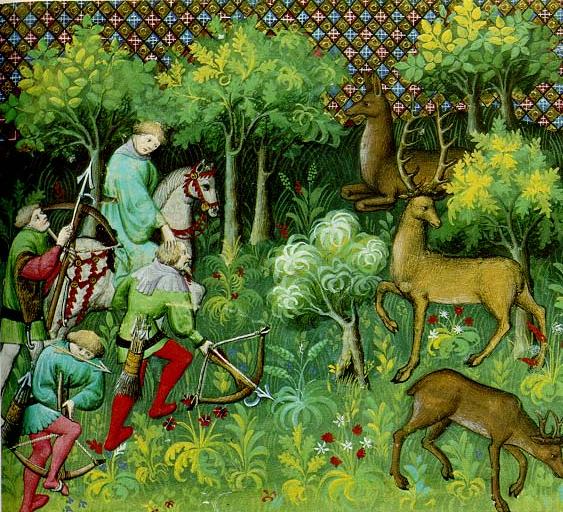Eight hundred years ago today, Henry III of England signed the Carta de Foresta, better known by its English translation: The Charter of the Forest.

It was a rejection of the “Norman Yoke” and the restriction of lands from public use of commoners to the exclusive and reserved use as a royal demesne or other “forested” area. Forest meaning “an enclosed area where the monarch (or sometimes another aristocrat) had exclusive rights to animals of the chase and the greenery (“vert”) on which they fed”.
The Charter of the Forest reaffirmed the fundamental rights of the people to use public land and lands they had a right to use, more generally, that had been “forested” by the monarch, the monarch being the sovereign (i.e. the state power). Today, in England, this is taken as a proto-environmental (or “green) charter, the argument being that “the people” through democracy can preserve nature and keep out “teh eeevil corporations”. This, however, belies the fact that they are calling for the state power to control and restrict usage of such common and public land, abet a state power that involves democracy (more or less) rather than the absolutism of the monarch. Rather than a call to remove a Norman “yoke”, it has mutated into a call for an altogether perhaps even more restrictive yoke superficially painted “vert”. While the Charter of the Forest mentioned stewards of the forest, these stewards were to maintain the forests for common (i.e. public) use free from the arbitrary and capricious power of the state or the power of those enshrined with privileges by the state. It was not government land that was pledged to a fictitious public collective will that the public might be allowed to simply enjoy, but public land that the commoner could themself by right use, the role of the state being one of a duty towards those public lands as a servant, rather than a master.
Perhaps this is due to being a native born denizen of Western America, but the Charter of the Forrest has a far more relevant connection to the state of large swaths of many Western states being Federal land, with this being in most Western states well over half of all land. The public (and common man/woman) have had to suffer permanent control by the Federal government over what is ostensibly public land that they, the public, have a right to use, and under increased restrictions and control by the Federal government including the increase in designation (i.e. the “foresting”) of land as a “national monument”—a situation that half a century ago sparked the Sagebrush Rebellion.

A simple application of the wisdom and respect for the right of the public, so readily understood eight hundred years ago, would restore such anciently understood rights that those of the American West may still, as it is their civic heritage, claim and hold.







Pingback: In The Mailbox: 11.06.17 : The Other McCain
Pingback: Public Lands, Not Elitists’ Trophies | The Political Hat